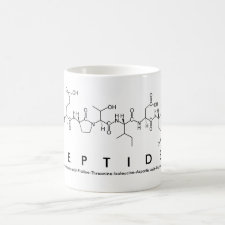
Authors: Golabi M, Kuralay F, Jager EWH, Beni V, Turner APF
Article Title: Electrochemical bacterial detection using poly(3-aminophenylboronic acid)-based imprinted polymer.
Publication date: 2017
Journal: Biosensors and Bioelectronics
Volume: 93
Page numbers: 87-93.
DOI: 10.1016/j.bios.2016.09.088
Alternative URL: http://www.sciencedirect.com/science/article/pii/S0956566316309733
Abstract: Biosensors can deliver the rapid bacterial detection that is needed in many fields including food safety, clinical diagnostics, biosafety and biosecurity. Whole-cell imprinted polymers have the potential to be applied as recognition elements in biosensors for selective bacterial detection. In this paper, we report on the use of 3-aminophenylboronic acid (3-APBA) for the electrochemical fabrication of a cell-imprinted polymer (CIP). The use of a monomer bearing a boronic acid group, with its ability to specifically interact with cis-diol, allowed the formation of a polymeric network presenting both morphological and chemical recognition abilities. A particularly beneficial feature of the proposed approach is the reversibility of the cis-diol-boronic group complex, which facilitates easy release of the captured bacterial cells and subsequent regeneration of the CIP. Staphylococcus epidermidis was used as the model target bacteria for the CIP and electrochemical impedance spectroscopy (EIS) was explored for the label-free detection of the target bacteria. The modified electrodes showed a linear response over the range of 10^3-10^7 cfu/mL. A selectivity study also showed that the CIP could discriminate its target from non-target bacteria having similar shape. The CIPs had high affinity and specificity for bacterial detection and provided a switchable interface for easy removal of bacterial cell
Template and target information: bacteria, Staphylococcus epidermidis
Author keywords: 3-aminophenylboronic acid, Whole-cell imprinted polymers, electrochemical impedance spectroscopy, label-free detection, Staphylococcus epidermidis



Join the Society for Molecular Imprinting

New items RSS feed
Sign-up for e-mail updates:
Choose between receiving an occasional newsletter or more frequent e-mail alerts.
Click here to go to the sign-up page.
Is your name elemental or peptidic? Enter your name and find out by clicking either of the buttons below!
Other products you may like:
 MIPdatabase
MIPdatabase









